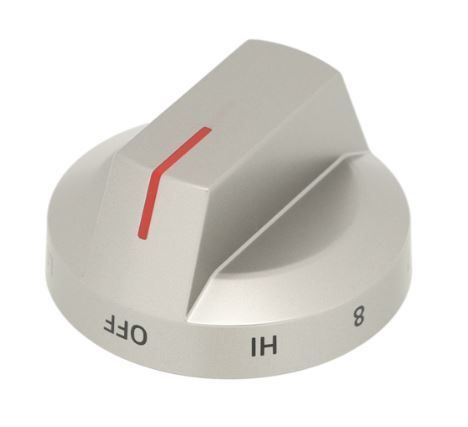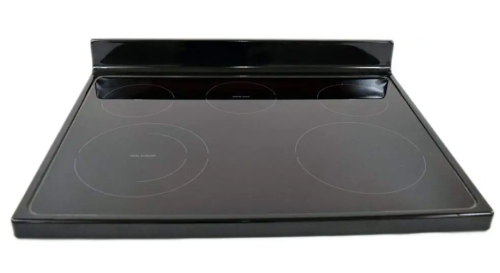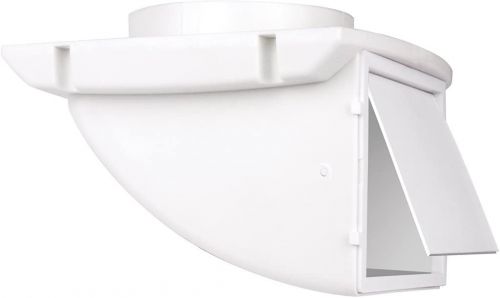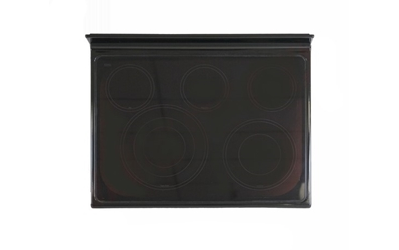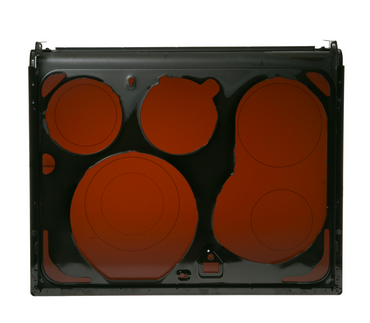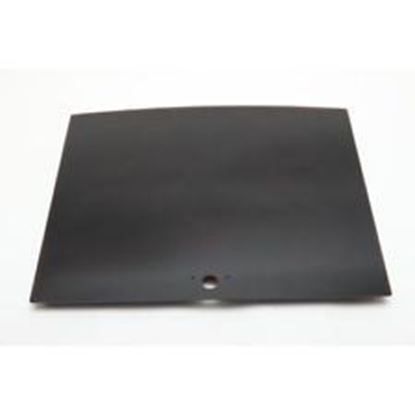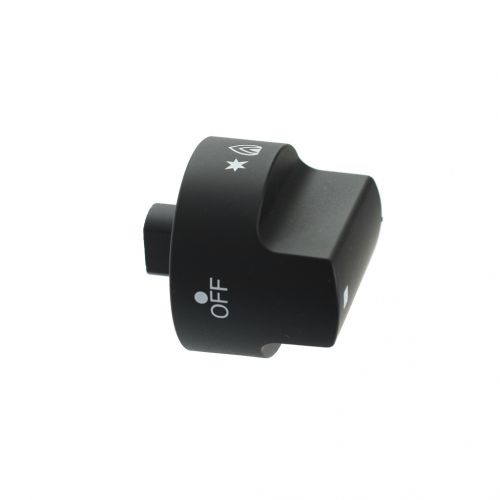
How to Clean Glass Stove Top: Ultimate Guide
Have you ever wondered about the best way to clean glass top stove, restoring its sparkling surface to its original glory? Cleaning a glass stove top requires a delicate touch to remove stubborn stains and spills without causing damage. The process involves selecting the right cleaning agents and employing effective techniques to achieve a spotless result. From tackling grease buildup to preventing scratches, understanding the nuances of maintaining a glass stove top is essential. In this guide, we will explore the most effective methods and tips to clean glass stove top, ensuring that your kitchen appliance remains both functional and aesthetically pleasing.
|
Table of Contents: |
Why it is important to clean your glass stove top?
Maintaining a clean glass stove top is crucial for several reasons, extending beyond mere aesthetics. Here's why regular cleaning is important:
- Efficient performance: A clean glass stove top ensures even heat distribution, promoting efficient cooking. It prevents uneven cooking and allows the stove to operate at its optimal capacity, saving energy and enhancing the overall cooking experience.
- Prevention of damage: Residue buildup poses a threat to the stove's longevity. Regular cleaning prevents scratches and potential damage, preserving the glass surface and extending the lifespan of your appliance.
- Safety first: Burnt-on food particles not only compromise the stove's performance but also pose a fire hazard. Regular cleaning eliminates these risks, promoting a safer cooking environment and reducing the chance of unpleasant odors or smoke.
- Appearance matters: A spotless glass stove top contributes to a visually appealing kitchen. It creates a clean and inviting atmosphere, enhancing the overall aesthetics of your cooking space and making it more enjoyable for both cooking and entertaining.
- Avoid permanent stains: Certain spills, if left unattended, can lead to stubborn stains that are challenging to remove. Regular cleaning prevents the buildup of these stains, keeping your glass stove top looking pristine and well-maintained.
- Optimal cooking experience: Clean surfaces make cooking and cleanup easier. A well-maintained glass stove top saves time and effort in the kitchen, allowing for a more enjoyable and efficient cooking experience.
- Resale value: Investing time in keeping your glass stove top clean positively impacts your home's resale value. Well-maintained appliances, including a spotless stove, enhance the overall appeal and marketability of your kitchen, contributing to a higher resale value for your home.
Looking for stove parts near you online? Hnk Parts is your one-stop shop for all domestic and home appliance needs. We offer a wide range of stove parts, from burners and grates to knobs, all from leading brands at affordable pricing.
How often should you clean your glass stove top?
Maintaining a routine for cleaning cooktop glass is pivotal to preserving its functionality and appearance. The frequency of cleaning depends on your cooking habits and how often you use the stove. Generally, it's advisable to follow these guidelines:
- Regular wipe downs: Perform a quick wipe down after each use to prevent the buildup of immediate spills and splatters.
- Weekly cleaning: Conduct a more thorough cleaning once a week to address accumulated grease and residue.
- Deep cleaning: Schedule a deep clean at least once a month to tackle stubborn stains and ensure optimal performance.
By adhering to a consistent cleaning schedule, you not only enhance the longevity of your glass stove top but also create a safer and more aesthetically pleasing cooking environment.
Glass stove top cleaning basics
Glass stove tops add a touch of modern elegance to kitchens, but maintaining their pristine appearance requires a thoughtful approach. Follow these glass stove top cleaning basics to ensure effective cleaning without compromising the integrity of your appliance:
Clean while cool: Wait for the glass stove top to cool before cleaning to prevent thermal shock and potential damage. Cleaning when cool ensures safer and more effective removal of stains and spills.
Less is more: Opt for mild cleaning solutions to avoid chemical residue. Heavy-duty glass stove top cleaners may release fumes during cooking, posing health risks. Choose gentler alternatives to preserve both cleanliness and safety.
Consult your manufacturer’s instructions: Review your stove's manual for specific cleaning guidelines. Using the recommended products and methods ensures optimal maintenance and prevents unintentional warranty voiding due to improper care.
Use gentler tools: Protect the glass surface by using soft materials like microfiber cloths or sponges. Avoid abrasive tools like scouring pads or scrub brushes, which could lead to scratches. Use razor blades cautiously for specific tasks.
Stovetop cleaning safety precautions and materials needed
Ensure a safe and effective
Ensure a safe and effective clean flat top stove with the following materials:
- White vinegar: An excellent natural glass stovetop cleaner for breaking down grease and grime.
- Spray bottle: Convenient for evenly applying cleaning solutions.
- Baking soda: A gentle abrasive that aids in stain removal.
- Towel: Use an old towel to wipe away cleaning solutions and residue.
- Microfiber cloth: Ideal for streak-free polishing and gentle on the glass surface.
- Single-edge razor blade: Safely remove stubborn, baked-on stains without scratching.
Know more about A Comprehensive Guide To The Essential Parts Of A Stove
How to clean a glass stovetop with a razor
When thinking about how to clean a glass-top stove, it’s important to consider the inevitable burnt-on rings around the burners or epoxy-like gunk that just won’t disappear. When used properly, a razor blade can be your glass-top stove’s best friend.
You'll need:
- A razor blade in a holder or scraper tool
- Distilled white vinegar in a spray bottle
- A microfiber cloth
Before you use a razor blade on your glass-top stove, be certain to check your manufacturer’s instructions. If your manual advises against using a razor blade, heed that recommendation.
Make sure the surface is cool: Ensure that the glass stovetop has cooled down before attempting to clean it.
Spritz with vinegar: Spritz any offending areas with distilled white vinegar to help soften burnt-on residue. The vinegar's acidic properties aid in breaking down tough stains.
Use the razor blade: Scrape the residue gently with the razor blade. It's crucial to hold the razor properly; avoid using the corners of the blade to prevent etching on your stovetop. Hold the cutting edge at a very slight angle from the top of the stove, keeping it as flat as possible. Use this to lightly scrape at debris until it comes free.
Wipe away residue: After using the razor, wipe away the residue with a clean microfiber cloth. This helps in removing the loosened particles and leaves a polished finish.
Repeat as necessary: Repeat the above steps as necessary until you achieve the desired cleanliness. Some stubborn stains may require multiple attempts. In this way you can remove scratches from glass cooktop hassle-freely.
Know more about 5 Microwave Cleaning Hacks: How To Clean A Microwave?
How to clean glass stove top with baking soda
Cleaning cooktop glass with baking soda is an eco-friendly and effective way to tackle stains and grime. Baking soda, known for its gentle abrasive properties and natural cleaning abilities, can help restore the shine to your glass surface. Here are steps for cleaning glass top stove with baking soda:
You'll need:
- Baking soda
- Water
- Microfiber cloth
- Soft sponge or non-abrasive scrubber
- White vinegar (optional)
Create a baking soda paste: In a small bowl, mix baking soda with enough water to form a thick, spreadable paste. This paste will act as a gentle abrasive glass stovetop cleaner.
Apply the baking soda paste: Spread the baking soda paste evenly over the entire glass surface, focusing on areas with stains or burnt-on residue. Allow the paste to sit on the stovetop for about 15 minutes. The baking soda will work to loosen and lift the grime.
Scrub gently: Using a soft sponge or non-abrasive scrubber, gently scrub the stovetop in circular motions. Focus on stained or sticky areas, applying a bit more pressure if needed. The baking soda's abrasive nature helps to remove stubborn residues.
Wipe away with a damp cloth: Dampen a microfiber cloth with water and wipe away the baking soda residue. This will also help in removing any remaining dirt and leaving the surface clean.
Optional vinegar rinse: For an extra boost in cleaning and to add shine, you can spray or drizzle white vinegar over the stovetop. Wipe it down with a clean, damp cloth.
Buff for shine: If desired, buff the glass stovetop with a dry microfiber cloth to bring out a sparkling shine.
Repeat as necessary: Depending on the severity of the stains, you may need to repeat the process. Stubborn spots may require additional applications of the baking soda paste.
Know more about How To Use An Oven: 6 Quick & Easy Steps
How to clean a glass stove top with white vinegar and dish soap?
Clean burnt glass stovetop with a combination of white vinegar and dish soap provides an effective and gentle solution for removing stains and grease. This method harnesses the cleaning power of vinegar, known for cutting through grease, and the degreasing abilities of dish soap.
You'll need:
- White vinegar
- Dish soap
- Water
- Microfiber cloth or soft sponge
- Non-abrasive scrubber
Mix a cleaning solution
In a bowl, combine equal parts white vinegar and water. Add a few drops of dish soap to the mixture. This creates a powerful yet gentle cleaning solution.
Apply the solution: Dampen a soft sponge or microfiber cloth with the white vinegar and dish soap solution. Gently apply the mixture to the entire stovetop, paying extra attention to areas with stubborn stains or grease buildup.
Let it sit: Allow the solution to sit on the glass surface for a few minutes. This helps to break down and loosen the grime, making it easier to wipe away.
Scrub gently: Use a non-abrasive scrubber or soft sponge to gently scrub the stovetop in circular motions. Focus on areas with tougher stains, applying a bit more pressure if needed.
Wipe away residue: Dampen a clean microfiber cloth with water and wipe away the cleaning solution residue. Ensure that all soap and vinegar are thoroughly removed.
Dry and polish: Use a dry microfiber cloth to dry the stovetop and polish the glass. This step adds a final touch, leaving the surface streak-free and shiny.
Repeat if necessary: For stubborn stains, you may need to repeat the process. Adjust the concentration of the cleaning solution or increase the soaking time for more challenging spots.
Know more about How Does an Air Fryer Oven Work
Tips to Prevent Scratches on Your Glass Stovetop
A glass stovetop adds a sleek and modern touch to your kitchen, but its shiny surface is susceptible to scratches and damage if not handled with care. To keep your glass stovetop looking pristine, consider implementing the following tips to prevent scratches and maintain its longevity:
Use cookware with smooth bottoms: Opt for cookware with smooth, flat bottoms to reduce the risk of scratches. Avoid using cast iron or pots and pans with rough or uneven surfaces that can potentially damage the glass.
Check for residue before cooking: Before placing cookware on the stovetop, ensure both the cookware and the glass surface are free of any debris, grit, or food residue. Small particles can act like abrasives and cause scratches during cooking.
Avoid sliding cookware: Lift pots and pans rather than sliding them across the stovetop. Sliding can create friction between the cookware and the glass, leading to scratches over time.
Choose the right cleaning tools: When cleaning your glass stovetop, use soft materials like microfiber cloths or sponges. Avoid abrasive scouring pads or brushes that can scratch the surface. Opt for gentle cleaning solutions, such as white vinegar and dish soap, to maintain the stovetop's integrity.
Regularly clean burner grates and drip pans: Keep burner grates and drip pans clean to prevent them from scratching the glass surface. Clean these components separately and ensure they are free of any hardened spills or debris.
Be mindful of utensils: When stirring or flipping food, use utensils that are appropriate for glass cooktops, such as wooden or silicone spatulas. Metal utensils can cause scratches, so exercise caution when cooking.
Avoid impact: Be mindful of heavy or hard objects near the stovetop. Avoid dropping lids, utensils, or other items onto the glass surface, as impacts can lead to scratches or even cracks.
Follow manufacturer's guidelines: Always adhere to the manufacturer's guidelines and recommendations for cleaning and maintaining your specific glass stovetop model. Some stovetops may have specific care instructions to preserve their condition.
Mastering the art of cleaning a glass stove top is key to preserving its shine and functionality. The ultimate guide provided insights into the best way to clean a glass top stove, emphasizing the effectiveness of methods such as using a razor, baking soda, white vinegar, and dish soap. By following these expert tips on how to clean a glass stove top, you can ensure a spotless and well-maintained cooking surface, prolonging the life of your appliance and enhancing the overall kitchen
FAQs
How do I get brown stains off my glass top stove?
Use a mixture of baking soda and water to create a gentle abrasive paste, scrubbing away the brown stains with a soft cloth or sponge.
How do you clean a black glass stovetop?
Clean a black glass stove top with a mixture of white vinegar and water, wiping it down with a microfiber cloth for a streak-free shine.
What is the best cleaner for glass top stoves?
A glass stove top cleaner specifically designed for the purpose, or a mixture of white vinegar and water, is effective in keeping your glass top stove clean and free from residue.
What home remedy can I use to clean a glass-top stove?
Create a cleaning solution with equal parts white vinegar and water, or a paste of baking soda and water, to tackle grime and stains on your glass top stove using common household items.


